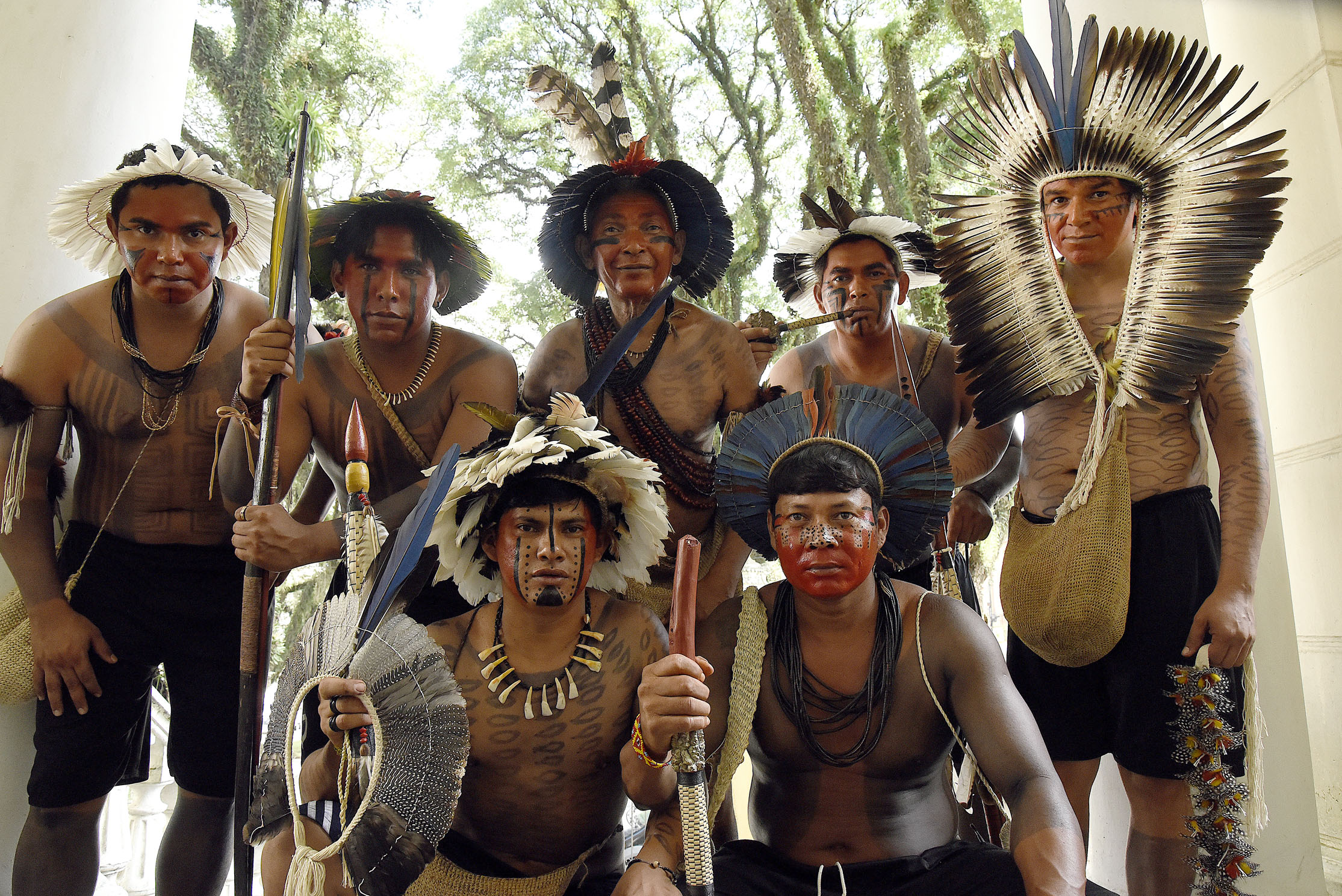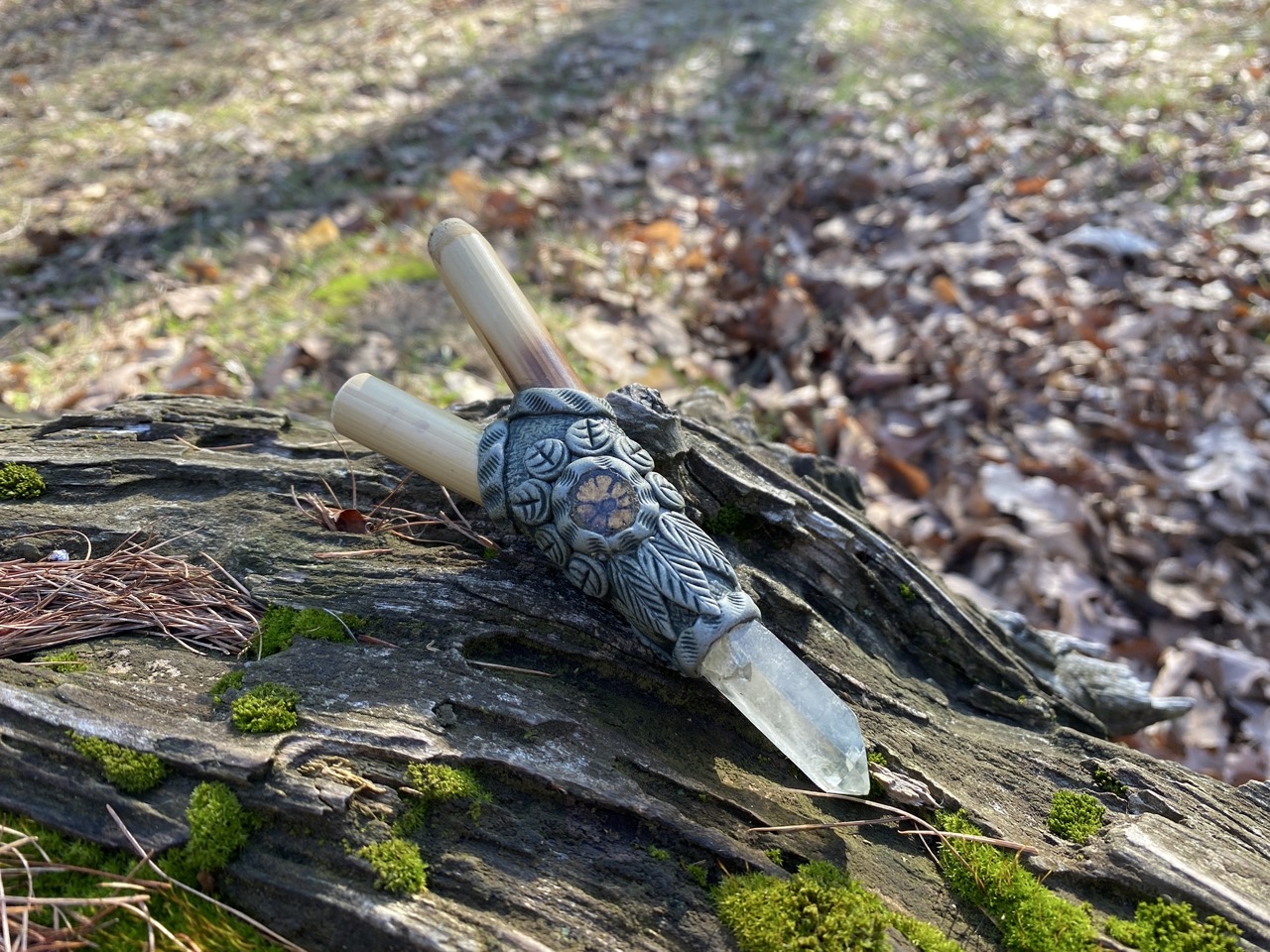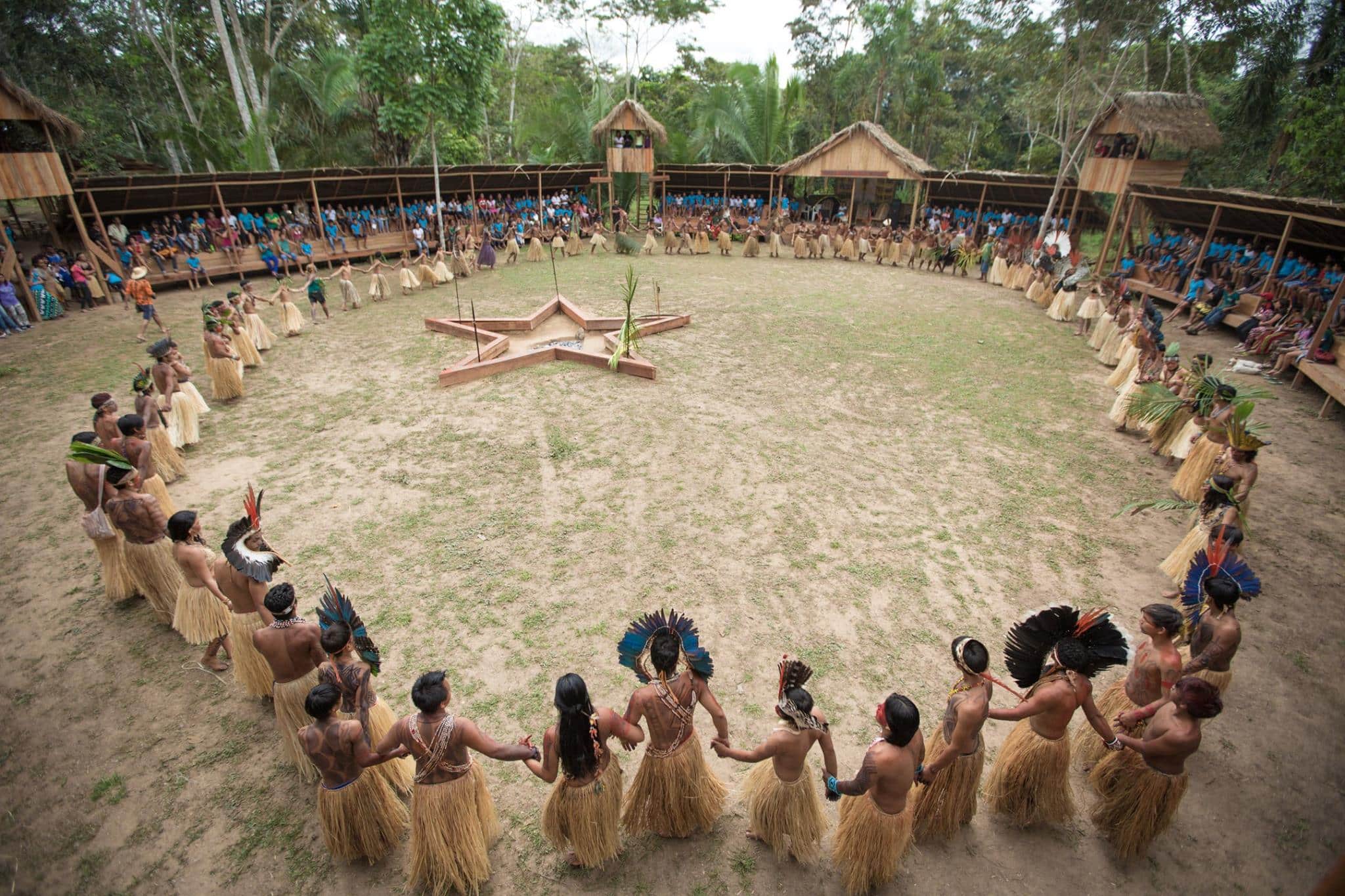
Fulni-ô tribe
Meet the Fulni-ô: Guardians of Sacred Tradition in Brazil's Northeast
The Fulni-ô is the only indigenous group of Northeastern Brazil that was able to keep its language – the Ia-tê – alive and active, as well as the ritual they call Ouricuri, which is currently performed in total secrecy.
The Fulni-ô people are a unique and inspiring Indigenous community from the Northeast of Brazil. They are the only group in the region that still speaks their ancestral language, Yathê – a beautiful and vital part of their cultural identity.
One of the most fascinating aspects of Fulni-ô life is their deep connection to ritual and tradition. Every year, they spend three months in complete seclusion in a sacred forest space called Ouricuri. This place – and the practices that happen there – are at the heart of who they are. It's a deeply spiritual time, and non-Indigenous visitors are not allowedduring this retreat, out of respect for the sacredness of the space.
Historically, the Fulni-ô lived along the Ipanema River. Back in the 1700s, colonial records referred to them as "Carijó" or "Carnijó." Later, in 1832, under pressure from settlers, they gave up 80 hectares of their land to build a chapel dedicated to Nossa Senhora da Conceição (Our Lady of Conception). This small gesture eventually led to the formation of what is now the town of Águas Belas.
By 1861, the imperial government dissolved the original Fulni-ô settlement, dividing the land into individual plots – some given to settlers, some to the Indigenous descendants. But the Fulni-ô did not disappear. Over time, with strong alliancesformed with missionaries, scholars, and other Indigenous communities, they gained recognition and support. When Brazil became a republic, they had enough of a political voice to be officially acknowledged by the state.
Today, the Fulni-ô beautifully weave together their Indigenous spirituality and Catholic traditions. While Ouricuriremains their sacred ceremony and the spiritual heartbeat of the people, they also honor Nossa Senhora da Conceição as the patron saint of their main village.
This dual devotion reflects the richness of Fulni-ô identity – a living, evolving culture rooted in sacred memory, resilience, and community.
More about Fulni-o tribe read here.
Kuripe - self-aplicator for Hapeh
The Hapeh's applicators, also known as “Tepi” and “Kuripe” are sacred instruments of indigenous origin generally made from different types of wood, bamboo, special rocks or bones and can carry orna...
Hapé sacred medicine, shamanic snuff
Hapé or Rapé (Hapeh, Rapeh, Hapey) is legal and sacred shamanic medicine from the Amazon, pronounced "ha-peh" in English, is a fine powder prepared from Mapacho and a mixture of herbs, seeds, and a...
The Kuntanawa People: History, Struggles, and Cultural Revival
In the late 19th and early 20th centuries, the Kuntanawa tribe was nearly exterminated in the heart of the Amazon by armed groups seeking to establish rubber plantations on their lands, located in ...
Fulni-ô tribe
Meet the Fulni-ô: Guardians of Sacred Tradition in Brazil's Northeast
The Fulni-ô is the only indigenous group of Northeastern Brazil that was able to keep its language – the Ia-tê – alive an...





